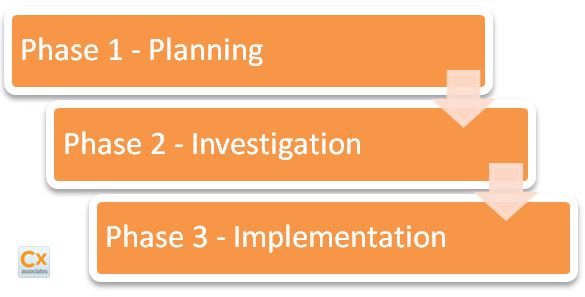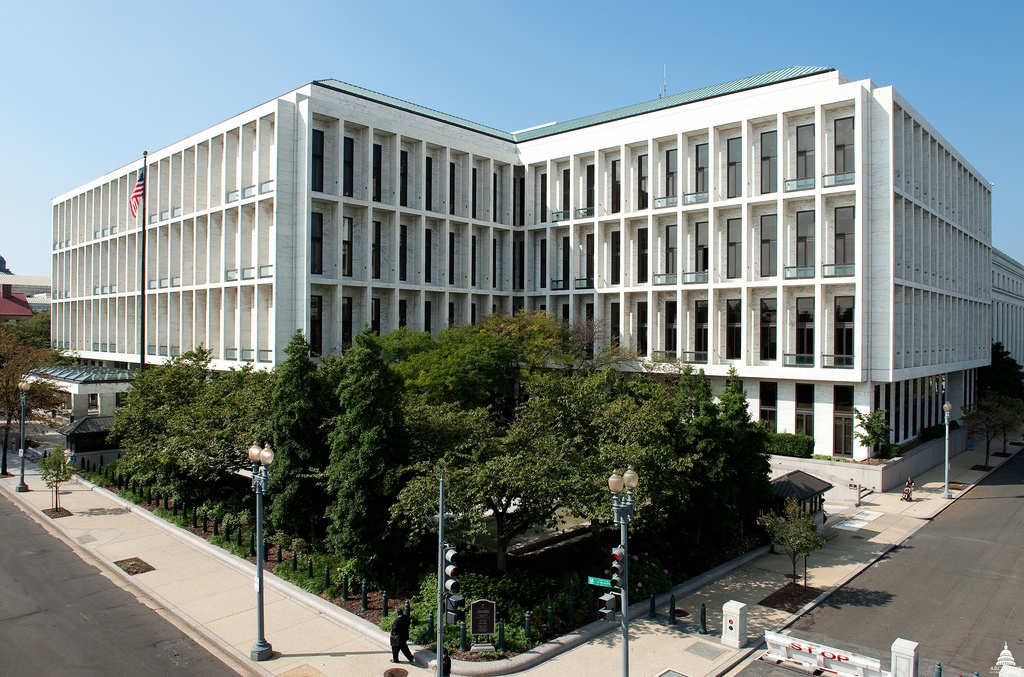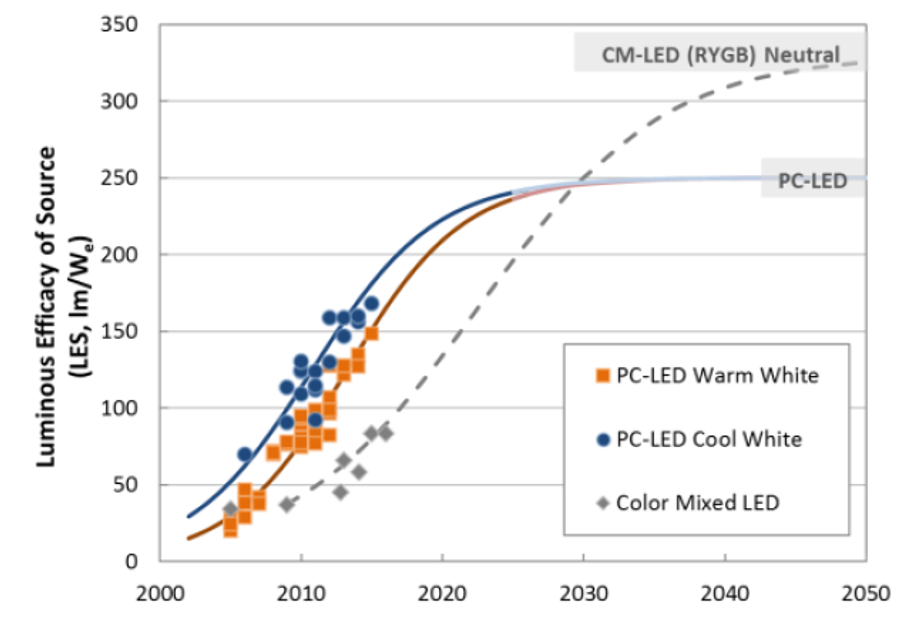In a previous blog post, I discussed the energy benchmarking service we currently perform for a healthcare network using the Energy Star Portfolio Manager (ESPM) tool. This tool is used to monitor the energy usage of a building over time. It allows a user to set energy goals, compare the overall energy use intensity (EUI) to a baseline year, and compare the building in question to other buildings with similar use-types and characteristics. In addition to continuing this specific service for the healthcare network, Cx Associates uses the benefits of benchmarking in other areas of our work too. This blog post will discuss what other areas of our work utilize benchmarking and then provide a brief update on changes ESPM has made to their scoring metrics over the past year.
3 min read
Benchmarking and Beyond
By Katie Mason on Aug 23, 2019 10:00:00 AM
Topics: Standards and Metrics Energy Efficiency Building Performance & Technology retrocommissioning Energy Management Existing Building portfolio benchmarking Energy Planning energy monitoring & solutions Energy Audit Building M&V
4 min read
Housing Density, Liberal Ideals, and Nimby-ism
By Eric Hauser on Jun 5, 2019 10:00:00 AM
Farhad Manjoo’s piece in the New York Times caught my eye recently and struck a chord. It describes the awful wealth gap that is increasing, seemingly by the day, with each newly minted tech billionaire in the San Francisco Bay Area. He reports that despite the fact that “the annual household income necessary to buy a median-priced home [in San Francisco] now tops $320,000,” California lawmakers recently killed Senate Bill 50, which would have undone zoning restrictions in the state. Changing these zoning restrictions would make it possible for more dense housing to be built, thereby increasing the supply and providing some relief to the non-billionaires in California.
Topics: Sustainability Energy Efficiency Housing-Density Affordable Housing
3 min read
Retrocommissioning 2.0
By Jennifer Chiodo on Feb 6, 2019 12:30:00 PM
Retrocommissioning (RCx) or Existing Building Commissioning refer to a technical process that retrofits and tunes building HVAC control systems so that buildings function more efficiently and effectively. The RCx process has historically included three primary phases: Planning, Investigation, and Implementation.
Topics: Energy Efficiency Building Performance & Technology retrocommissioning Energy Management Existing Building
2 min read
Snowflakes...and Energy Savings
By Rick Stehmeyer on Dec 26, 2018 1:29:00 PM
Wilson “Snowflake” Bentley was born in my home town of Jericho, VT in 1865. The town is situated in Vermont in a unique way that allows for a lot of annual snow (by Vermont standards). Not only does Jericho get a lot of snow, but we also seem to be situated in such a way that we get perfect snowflakes that don’t clump together. This is what allowed Mr. Bentley to become one of the first known snowflake photographers. He invented his own way of catching flakes using black velvet so they wouldn’t melt or evaporate before he could snap a picture of them.
Topics: Sustainability Energy Efficiency
4 min read
Retrocommissioning - Looking Back to Move Forward
By Tate Colbert on Nov 28, 2018 12:00:00 PM
As the newest engineer to join the Cx Associates team, I have had the immense pleasure to be able to approach buildings from a different angle than in my previous work experience. In my former work as a mechanical design engineer, the focus was on current building technologies and keeping up with the most cutting-edge designs for our systems and buildings. Don’t get me wrong, looking to the future of efficient building technologies is tremendously important, but as someone who is concerned about the current state of the environment and ensuring there’s a habitable world for generations of living things to come, I found it hard to believe that new buildings alone are capable of being more than a small drop in a big bucket. After all, there are only a small number of new buildings built each year compared to the vast existing building stock. A quick look at the numbers from the Commercial Buildings Energy Consumption Survey (CBECS) by the US Energy Information Administration (EIA) will tell you that of the total data set, only about 18% of commercial buildings were built in the most recent 12 years surveyed. (https://www.eia.gov/consumption/commercial/data/2012/bc/cfm/b8.php)
Topics: Energy Efficiency Building Performance & Technology retrocommissioning Energy Management Existing Building
3 min read
Using Market Smarts to Enhance Energy Efficiency Program Evaluation
By Jennifer Chiodo on May 30, 2018 2:30:00 PM
The purpose of energy efficiency programs is to cost effectively generate market demand for energy efficiency that would not be achieved without market intervention. An energy efficiency process evaluation investigates the effectiveness of programmatic interventions through qualitative and quantitative analysis. Marrying the analytical engineering-based approach of impact evaluation with the typically more social science orientation of traditional process evaluation can generate useful, actionable results to help program administrators improve market interventions to increase participation, depth of savings, and market transformation.
Topics: Energy Efficiency Evaluation Measurement & Verification (EM& Program Consulting Efficiency Program Program Evaluation
10 min read
Quantifying Benefits of Passive Solar Heating Technology
By Gretchen Schimelpfenig on May 23, 2018 10:42:34 AM
For eons, humans have used thick, thermally massive walls to store the heat of the day and to warm their homes at night. Due to America’s persistent dependence on fossil fuels, passive solar walls enjoyed brief mainstream popularity during the fuel crises of the mid-20th century, and residences across the country benefited from reliable, renewable heat. As gas prices declined, so did homeowner and developer enthusiasm for these low-energy systems. As we face a massive climate change calamity and most residential heating systems today are still served by volatile fossil fuels, it is time we revisit and incorporate passive solar technologies into our new buildings and renovations.
Topics: Sustainability Green Building Energy Efficiency renewable solar energy passive solar
5 min read
Is Electrification of Space Heating a Positive Step?
By Eveline Killian on May 16, 2018 11:30:00 AM
When I started in the energy efficiency profession 20 years ago, the object of my job was to reduce electric demand on the grid. This was to be accomplished through energy efficiency and a strong emphasis to fuel switch equipment from electric to fossil fuels (specifically electric heat to natural gas or oil heat). At the point of use (our building), traditional electric heat is 100% efficient, meaning 100% of the electricity within our building is transferred into heat within our building. But the electric generation (at the power plant), and the transmission, and distribution process makes the entire process about 30% efficient. This means an oil or natural gas heating system, operating at approximately 80% efficiency at point of use, is inherently more efficient than traditional electric heat given the current electric grid generation mix. Heat pumps, however, have changed this calculation, with heating efficiencies of over 300%. Thus, the world is changing back to electric heat through heat pumps (refer to Gretchen’s blog from February 2017, Heat Pumps Catered to Colder Climates; Will Increased U.S. Adoption Continue?). Is this a good thing? ‘Experts’ seem to agree that it is, but I have been curious to do this calculation myself as adding electric load to the grid goes against my deep-rooted mindset.
Topics: Standards and Metrics Energy Efficiency Building Performance & Technology
3 min read
Energy Management: Turning Vision into Action
By Eveline Killian on Apr 4, 2018 1:07:00 PM
Vision without action is a daydream. Action without vision is a nightmare.
I received an email with this tag line and it struck me as profound. A business cannot operate efficiently and effectively without a clear vision of its future and a road map of the steps to obtaining that vision. A business owner must constantly ask: what aspects of the business are going to change, how are they going to change, and what is going to stay the same? Am I riding on top of the wave that is my business paradigm, or am I getting toppled over by the wave and left behind?
Topics: Energy Efficiency Building Performance & Technology
6 min read
The Right Light for Your Building: Designing and Commissioning Wireless Lighting Controls Systems
By Gretchen Schimelpfenig on Mar 28, 2018 3:21:54 PM
Lighting control systems have become more ubiquitous in recent years. Whereas five years ago, sophisticated lighting control schemes were the realm of a few performance venues, nowadays your neighborhood grocery store uses wireless lighting controls that can be complex to calibrate and require attention to detail from design through to occupancy. Commissioning is vital to ensuring that installed equipment operates as designed and provides adequate light levels and indoor environmental quality, and user controls function as intended.










